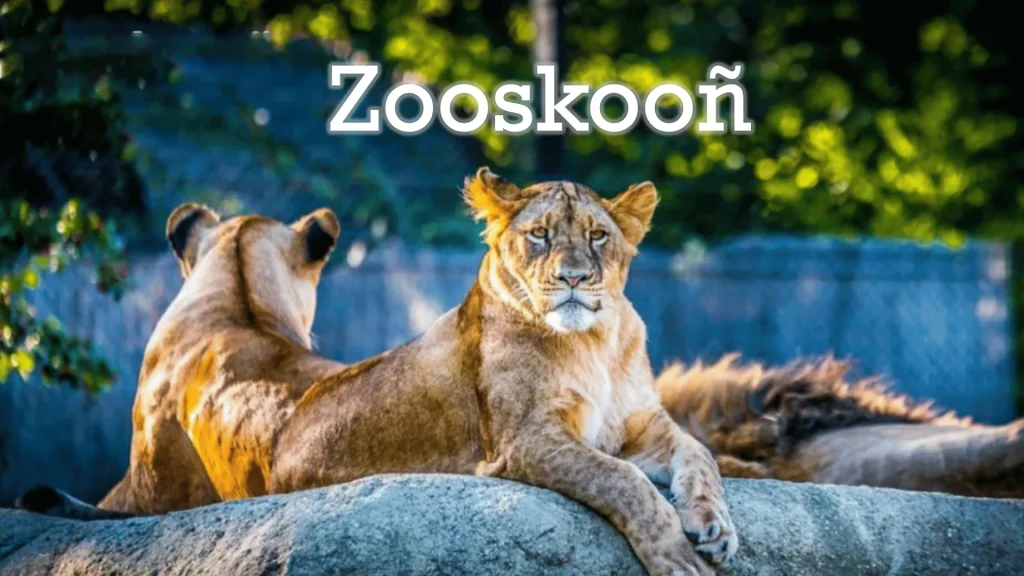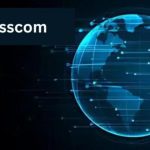Languages are more than a means of communication; they embody cultural knowledge, worldview, and identity. Zooskooñ, an indigenous language, reflects the history and spirit of its people, offering a glimpse into their ancestral knowledge, values, and traditions. This article explores Zooskooñ, its origins, linguistic structure, cultural significance, and efforts to preserve and revitalize this essential aspect of indigenous heritage.
Origins and Historical Context
Zooskooñ is rooted in a rich cultural history, spoken by a specific indigenous group with centuries-old traditions and customs. Like many indigenous languages, Zooskooñ embodies a way of understanding the world uniquely tied to its speakers’ environment and societal structures. The language developed over generations, evolving alongside its community’s migration patterns, spiritual beliefs, and social systems.
The history of Zooskooñ also reflects the broader historical context of indigenous communities, including challenges posed by colonization, forced assimilation, and modernization. These pressures often resulted in reduced language use, as dominant languages overshadowed indigenous tongues in social, educational, and governmental settings. Over time, Zooskooñ became a language at risk, with fewer young people acquiring it as their mother tongue.
Linguistic Structure and Features of Zooskooñ
Zooskooñ is characterized by a unique linguistic structure that includes phonetic, grammatical, and syntactical features not found in many widely spoken languages. Its phonetic inventory, for example, may contain sounds that are rare in Indo-European languages, contributing to its distinct pronunciation and rhythm.
- Phonetics and Phonology: Zooskooñ has a rich array of consonants and vowels that allow for nuanced meaning. In particular, the language may utilize tonal or pitch elements, where the pitch of a word can change its meaning. This tonal aspect is typical of several indigenous languages, adding complexity to the language and making it unique in pronunciation.
- Grammar and Syntax: Zooskooñ’s grammar may differ substantially from that of more globally dominant languages. Many indigenous languages feature complex verb structures that indicate not only action but aspects like direction, intensity, or relational context. In Zooskooñ, verbs may be conjugated based on factors like the social relationship between the speaker and the subject, adding a layer of cultural context to the language’s grammar.
- Vocabulary: The vocabulary of Zooskooñ is deeply intertwined with the natural world, reflecting the community’s close relationship with their environment. Words for plants, animals, and geographical features carry nuanced meanings, indicating how certain elements of nature are interwoven with the cultural and spiritual life of the community. Additionally, Zooskooñ may include words or phrases that are untranslatable into English, representing concepts unique to the culture.
Cultural Significance of Zooskooñ
Zooskooñ is more than just a language; it is a cultural repository, carrying within it the values, beliefs, and traditions of its speakers. For the Zooskooñ-speaking community, language is a key element of cultural identity, enabling them to connect with their heritage and maintain a sense of continuity across generations.
- Oral Tradition and Storytelling: In Zooskooñ culture, oral tradition is a fundamental way of preserving history, wisdom, and values. Through stories, legends, and songs passed down orally, community members convey cultural knowledge that would otherwise be lost. This tradition serves not only to entertain but to teach younger generations about community values, respect for nature, and the importance of kinship.
- Spiritual and Ceremonial Language: Many Zooskooñ words and expressions are linked to spiritual practices and ceremonies. These terms often carry meanings that extend beyond simple definitions, resonating with the beliefs and rituals of the community. For example, certain words may be reserved for use only within specific ceremonies or for addressing respected community members or elders. Losing the language would mean losing the ability to perform rituals in their authentic form, disconnecting future generations from their spiritual heritage.
- Kinship and Social Identity: In Zooskooñ-speaking communities, language reinforces social bonds and establishes individual identities within the community. The way people speak to each other, the specific terms used for family members, and the manner of addressing elders all reflect the social structures and values of the community. The language fosters a sense of belonging and pride in one’s cultural roots, connecting individuals to a shared heritage.
Challenges to the Survival of Zooskooñ
Zooskooñ faces many of the same challenges that affect other indigenous languages, including globalization, language shift, and the impact of modern education systems. These challenges have resulted in language endangerment, as younger generations increasingly adopt dominant languages that offer greater social and economic opportunities.
- Language Shift and Generational Decline: Language shift occurs when speakers begin to favor another language, typically one associated with greater economic or social advantages. In the case of Zooskooñ, younger generations may find themselves more inclined to use the dominant national language, which is often the language of instruction in schools and the medium of communication in urbanized settings. As a result, the transmission of Zooskooñ to younger speakers is limited.
- Globalization and Media Influence: The spread of global media and popular culture, predominantly in dominant languages like English or Spanish, has influenced language preferences. Television, the internet, and social media have brought new forms of entertainment and communication that seldom represent Zooskooñ. This exposure often draws younger community members towards global languages, reducing the relevance and utility of Zooskooñ in everyday life.
- Educational Systems and Policy: In many regions, education systems prioritize national or international languages, sidelining indigenous languages in curricula. As Zooskooñ is often not included in formal education, younger generations do not receive systematic instruction in their native language, leading to reduced proficiency and loss of linguistic knowledge.
- Lack of Resources for Language Preservation: Language preservation efforts often require resources for documentation, education, and media representation. However, there are often limited resources available for Zooskooñ, as well as other indigenous languages. This lack of support inhibits efforts to record the language, develop learning materials, and create media content in Zooskooñ.
Revitalization and Preservation Efforts
Despite these challenges, various initiatives are underway to preserve and revitalize Zooskooñ. Indigenous communities, linguists, and cultural organizations are working together to create language programs, document the language, and promote its use among younger generations. Some of these initiatives include:
- Language Documentation: Documenting Zooskooñ is a priority for many linguists and community members. Documentation involves recording native speakers, compiling dictionaries, and creating grammars. These resources serve as valuable tools for future generations and are essential for language revitalization efforts. Audio and video recordings capture pronunciation, intonation, and other nuances that written documentation alone cannot convey.
- Language Education Programs: Community-led educational programs are critical for passing Zooskooñ on to younger generations. These programs may include language immersion camps, after-school classes, and community workshops where children and young adults can learn the language. Schools in Zooskooñ-speaking regions may integrate the language into their curricula, teaching it alongside national or international languages to encourage bilingualism.
- Digital Media and Technology: Technology has become an essential tool for language preservation, offering new platforms to promote and teach Zooskooñ. Social media, mobile apps, and digital content can make the language accessible to a broader audience, especially younger people who are more likely to engage with digital media. Online platforms allow for the sharing of Zooskooñ stories, songs, and lessons, creating a virtual space for the language to thrive.
- Community and Cultural Events: Community events such as festivals, storytelling nights, and traditional ceremonies provide opportunities to celebrate and use Zooskooñ in public settings. These events are also a way for the community to foster pride in their linguistic heritage and encourage younger members to appreciate and speak the language.
- Policy Advocacy and Recognition: Some communities are advocating for policies that recognize and protect indigenous languages like Zooskooñ. Language rights, enshrined in local or national laws, can ensure that Zooskooñ receives the support it needs for long-term survival. This may include funding for language programs, official recognition of the language in education and media, and protections against discrimination based on language.
The Future of Zooskooñ
The future of Zooskooñ depends on sustained efforts at both the community and institutional levels. For Zooskooñ to thrive, it must adapt to changing contexts while maintaining its core identity. This means finding ways to integrate the language into modern life without compromising its cultural essence. For instance, creating Zooskooñ content for social media, establishing bilingual education programs, and encouraging local businesses to use the language in signage can help make Zooskooñ visible and relevant.
The community’s commitment to preserving Zooskooñ is essential. Elders, parents, and teachers play crucial roles in passing down the language, while young people who learn Zooskooñ contribute to its resilience by using it in new and innovative ways. With a blend of traditional practices and modern strategies, Zooskooñ can continue to be a vital part of its community’s identity.
Conclusion
Zooskooñ is more than just a language; it is a cultural treasure that embodies the history, beliefs, and values of its people. While it faces challenges from globalization and language shift, the commitment of its speakers and supporters offers hope for its revitalization. Through documentation, education, digital engagement, and policy support, Zooskooñ can be preserved for future generations. In doing so, the community not only safeguards a language but also upholds a rich cultural legacy that connects the past, present, and future.



